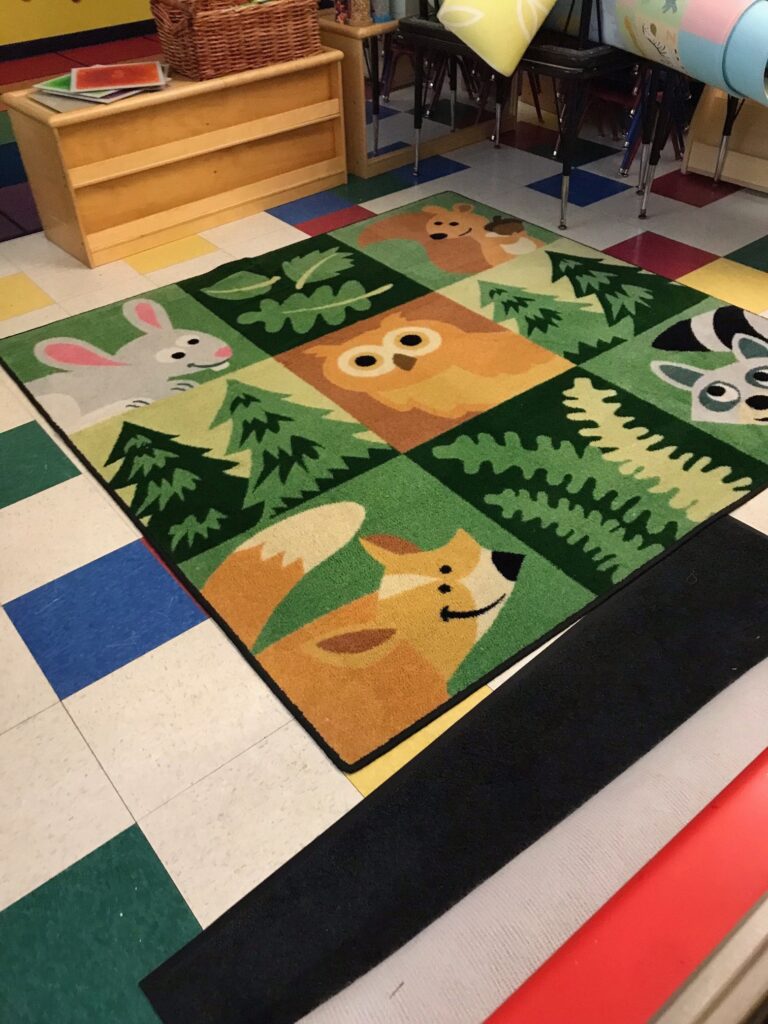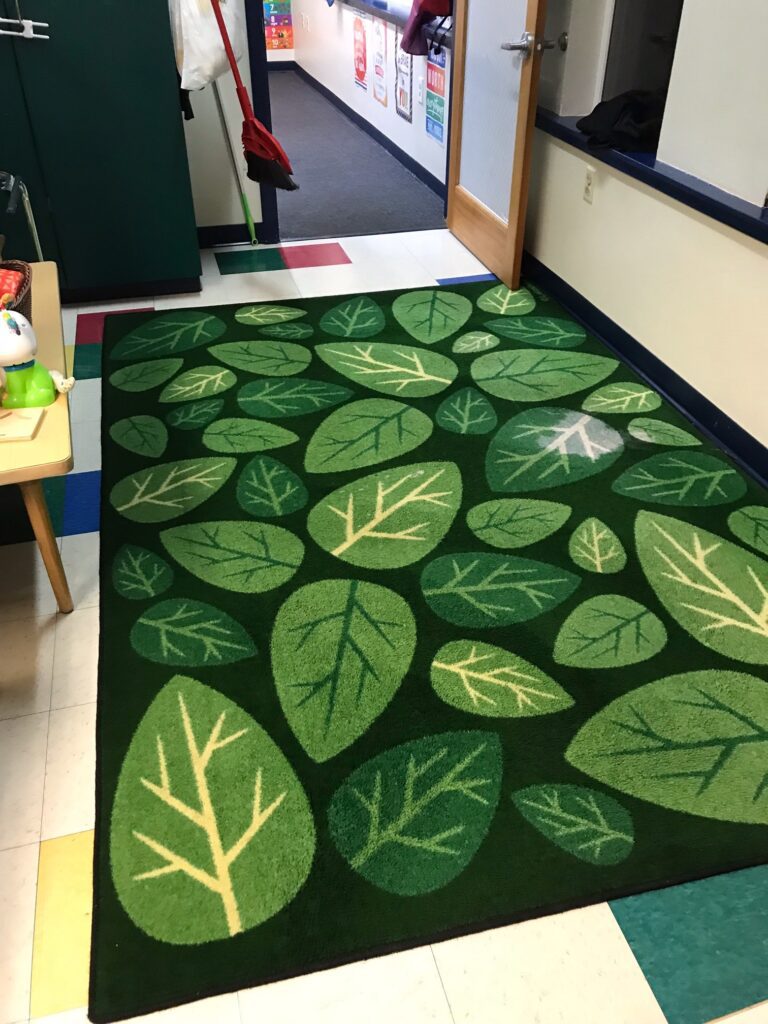A Thread Through Time: The Fascinating History of Carpets
Carpets have been a staple of human civilization for thousands of years, offering comfort, warmth, and artistic expression. From ancient weavers crafting intricate designs to modern manufacturing techniques, the story of carpets is as rich and varied as the patterns woven into them.
Ancient Beginnings
The origins of carpet weaving trace back to ancient civilizations, with some of the earliest examples found in the Middle East and Central Asia. The oldest known surviving carpet, the Pazyryk Carpet, was discovered in a Scythian burial mound in Siberia, dating back to the 5th century BCE. This remarkably well-preserved carpet features intricate patterns and evidence of advanced weaving techniques, demonstrating the high level of craftsmanship achieved by early cultures.
The Influence of Persia and the Islamic World
Persia (modern-day Iran) is often considered the heart of carpet-making history. By the time of the Safavid Dynasty (16th–18th centuries), Persian carpet weaving had reached an artistic peak. Persian rugs became highly sought after across Europe and Asia, admired for their intricate floral patterns, rich colors, and symbolic motifs. The Islamic world played a significant role in spreading carpet-making techniques, with the art form flourishing in Turkey, India, and North Africa.
European Adoption and the Renaissance
During the Renaissance, carpets became symbols of wealth and status in Europe. Imported Persian and Ottoman carpets adorned the homes of the elite, often displayed on tables rather than floors to prevent wear. European weavers, inspired by these designs, began developing their own styles in regions such as France and England, leading to the emergence of famous carpet-producing centers like Aubusson and Axminster.
Industrial Revolution and Modern Carpets
The 19th century saw a major shift in carpet production with the advent of the Industrial Revolution. Mechanized looms enabled mass production, making carpets more accessible to the middle class. The introduction of synthetic dyes further expanded design possibilities. In the 20th century, wall-to-wall carpeting became a popular choice in American and European homes, particularly after World War II, when suburban living boomed.
A Timeless Tradition
Despite changing trends and innovations, carpets remain a beloved feature in homes, mosques, and palaces worldwide. Whether handwoven masterpieces or factory-made designs, carpets continue to tell stories of culture, craftsmanship, and tradition. As we step into the future, the legacy of carpets endures—woven seamlessly into the fabric of human history. Be a part of history and keep your carpets in better shape for longer with our carpet cleaning services at Sound Cleaning Resources, reach out for a free quote today!

